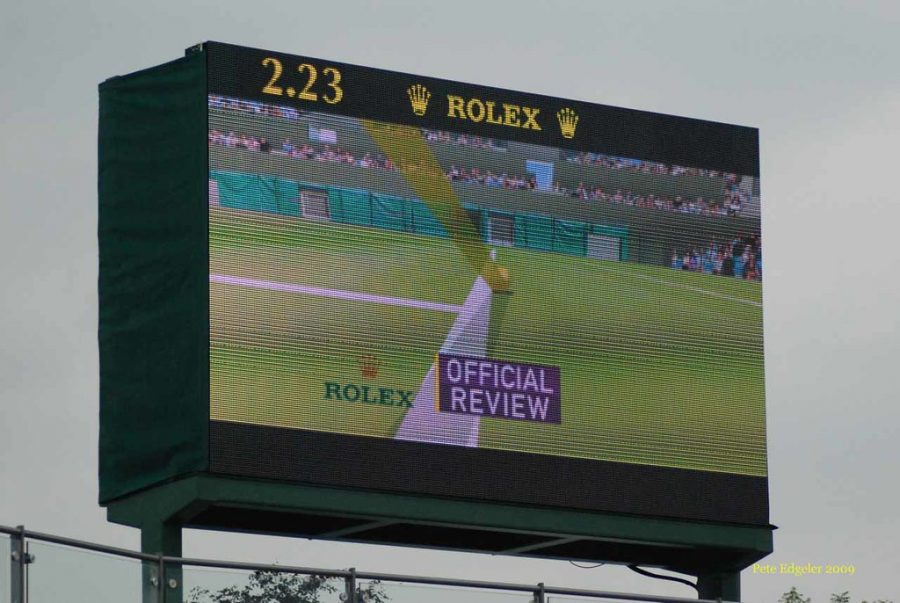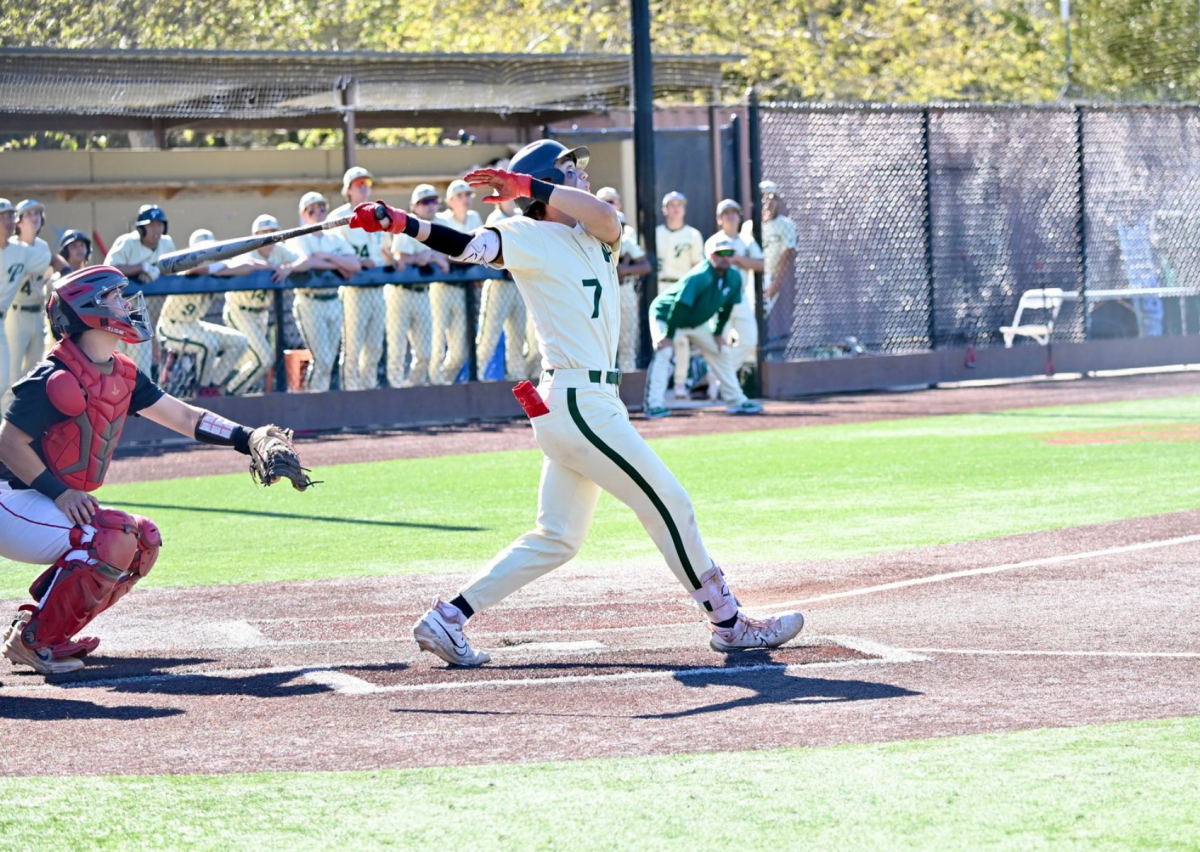Who calls the shots?
Hawkeye shows viewers near-real-time data at the tennis majors (Photo courtesy of creative commons).
December 13, 2021
There was once a time when professional umpires and referees had the best view in the house: they were mere feet from the action while TV audiences relied on grainy footage. But times have changed. New technology has given fans remarkably accurate real-time data on the sport and even the best officials look increasingly foolish compared to the computer-refs. These advancements have fueled a stats revolution — and raised the question: do we still need human referees?
The world of tennis is a fascinating case study on electronic officiating. Up until a few years ago, every major tournament — with the exception of the French Open — was equipped with the ball tracking technology HawkEye to verify close calls. But rather than eliminating human refs, HawkEye was only used when a call was close enough that it was challenged by a player. With limited challenges given to each player, this approach did introduce some nuanced strategy about whether a player should use a challenge. However, because the technology was active at all times for the TV audience, it wasn’t uncommon for viewers to see a missed call go unreviewed. But, due to the pandemic, the US and Australian Open recently opted to replace line judges with Hawkeye in some matches to limit the number of people in contact with the athletes. Since then, it has become the norm at most ATP tournaments to rely only on Hawkeye technology.
The French Open, however, remains stuck in the past. Although HawkEye technology is installed in the stadiums, the tournament still relies on humans making the calls. Their rationale is that the court is soft enough to accurately reflect the imprint of the contact between the ball and the court — but this approach has a few flaws. First, constant play means that every inch of the court is marked by shots — which makes it challenging for a human judge to verify which mark came from which shot. Second, the interaction between the ball and the court is too complex to merely rely on the mark that the ball makes. Not only do hard-hit tennis balls compress into an ellipse shape, but they also slide on the clay surface — and as a result the Hawkeye is a far better metric than a human judge.
Ultimately, it’s become a question of tradition vs. accuracy. Some say that the challenge system, which had long been the norm in the other three majors, brought intrigue to matches. Others see the presence of line judges as an integral part of a sport that leans heavily on tradition. But in a sport where a single point can sway the outcome of a match, it’s silly to rely on anything other than the best metric we have.






